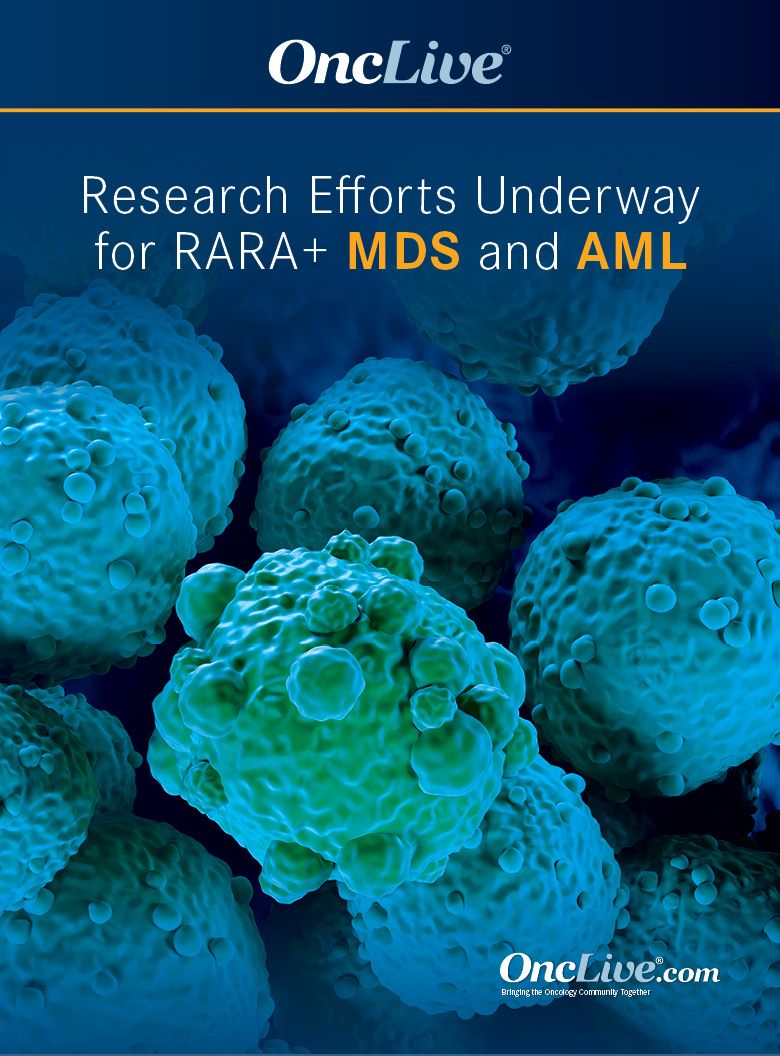Publication
Video
Biomarker Testing in AML
Author(s):
Dr Daniel Pollyea comments on biomarker testing in acute myeloid leukemia and the potential role for RARA testing.
Daniel Pollyea, MD, MS: When a patient is diagnosed, it’s crucial to test for particular biomarkers. Here, we’re talking about different cytogenetic abnormalities or gene mutation status, what we call molecular tests. Those are crucial for us to be able to effectively treat, and in some cases cure these patients. It’s really important to get that biomarker testing, and we do recommend cytogenetic testing and a comprehensive profile of gene mutations to be tested at diagnosis, because that changes the way we treat these patients. We don’t test for RARA expression in any cases in the newly diagnosed setting. With tamibarotene, which is a RARA agonist, there’s a clinical trial looking at patients who overexpress this gene to see if they may benefit from the addition of tamibarotene. But outside of the clinical trial, it is not standard to do any sort of testing for RARA overexpression.
As for barriers to the routine testing, cytogenetic and molecular testing, there are many; the main one is probably cost. This varies from place to place and location to location, but it’s cost, and then it’s remembering to do the testing. I think these are the main barriers.
Transcript edited for clarity.










